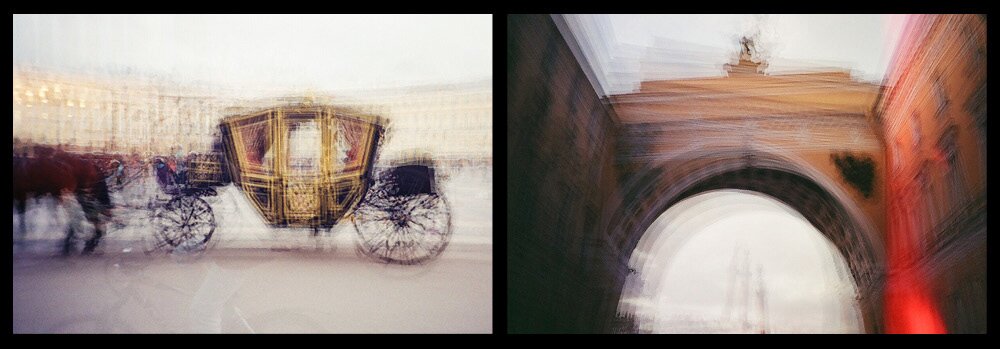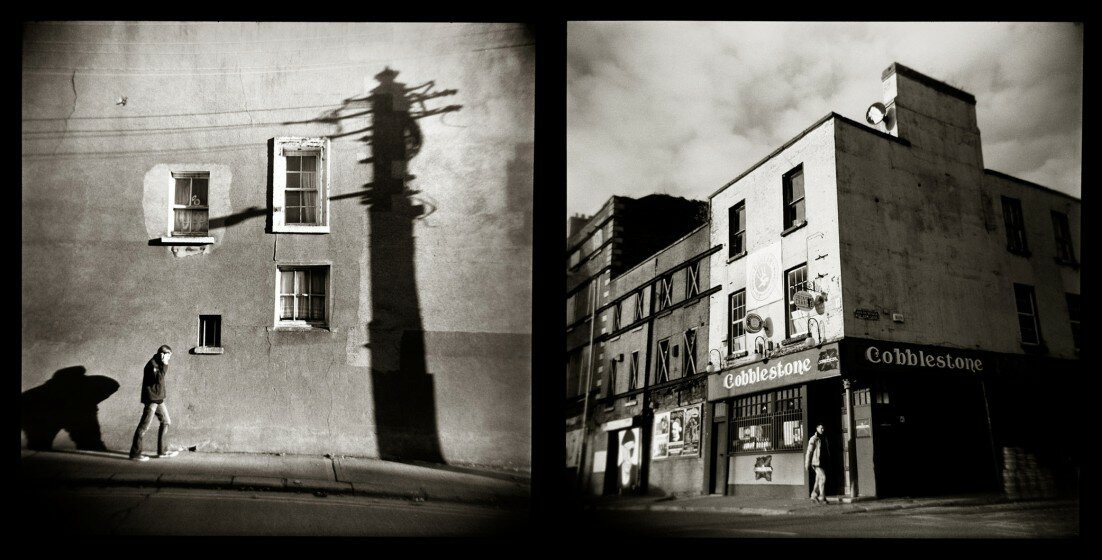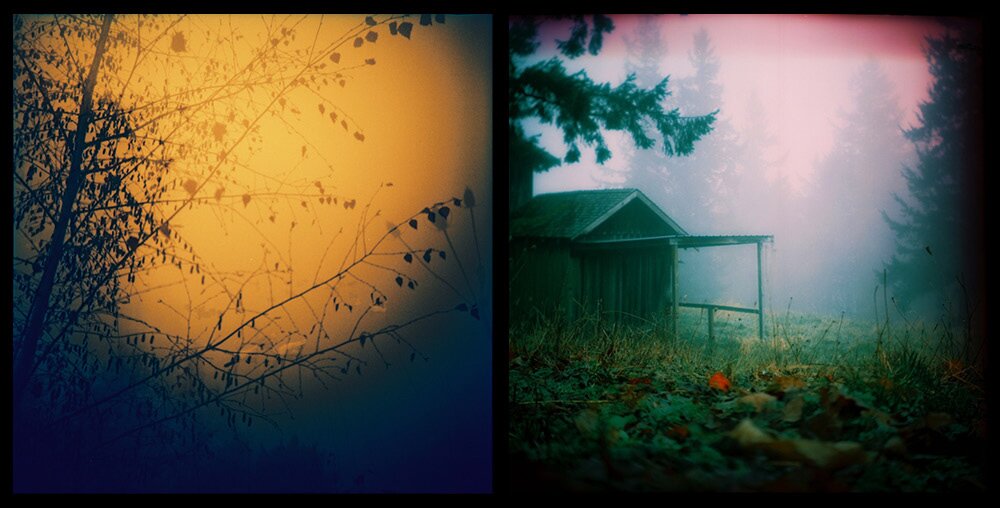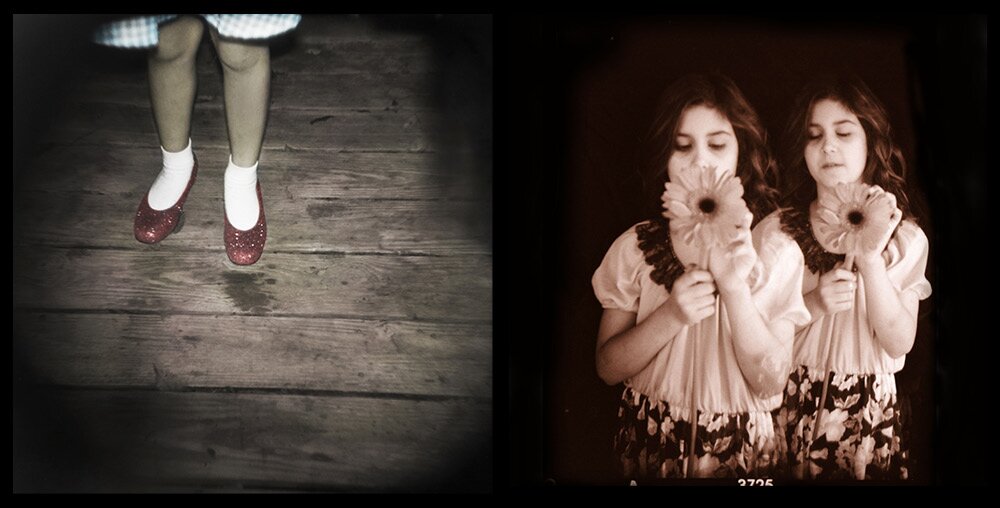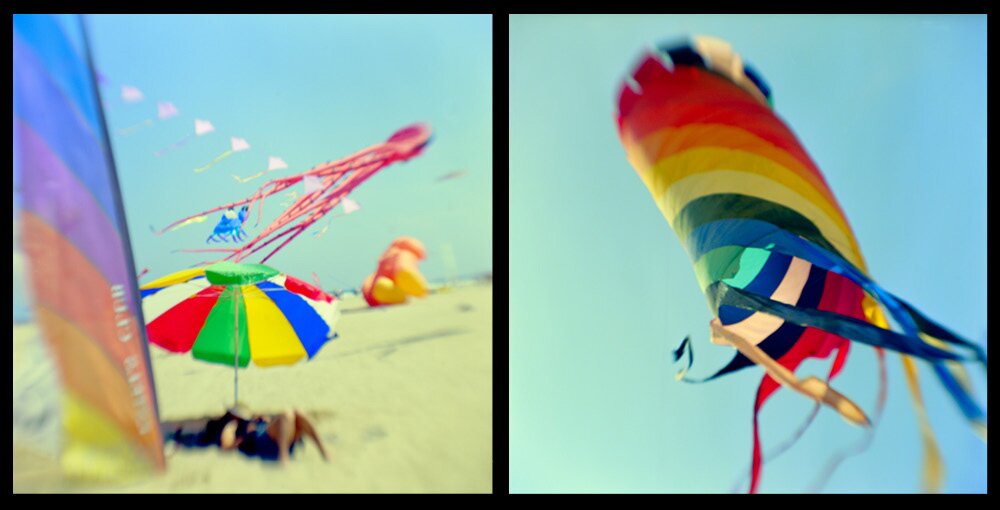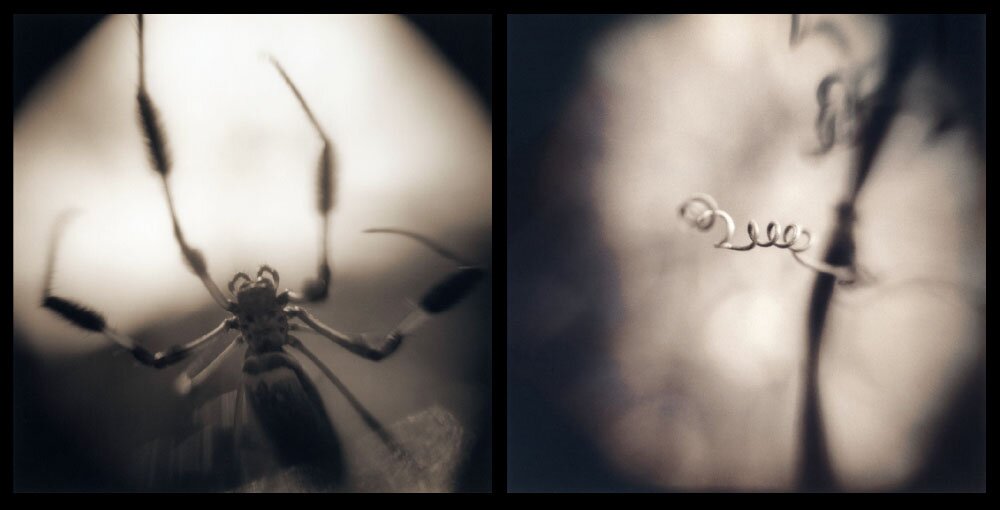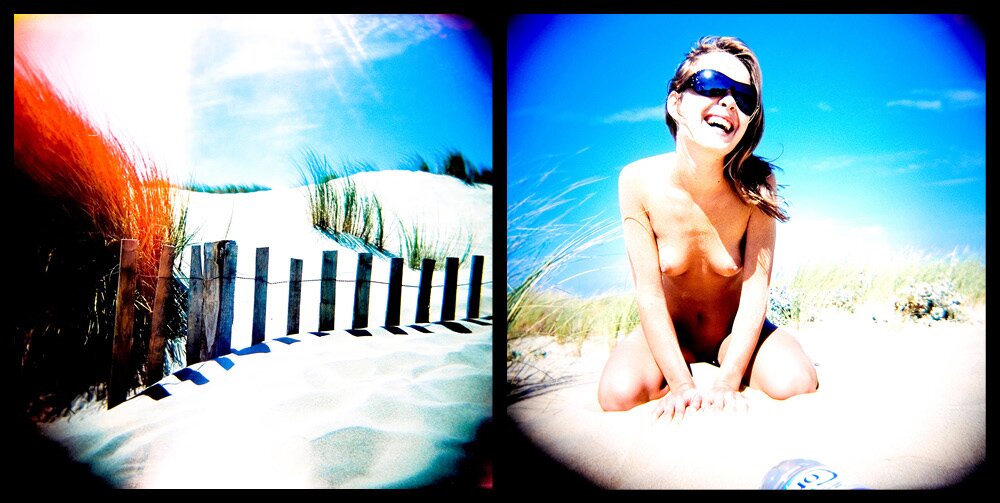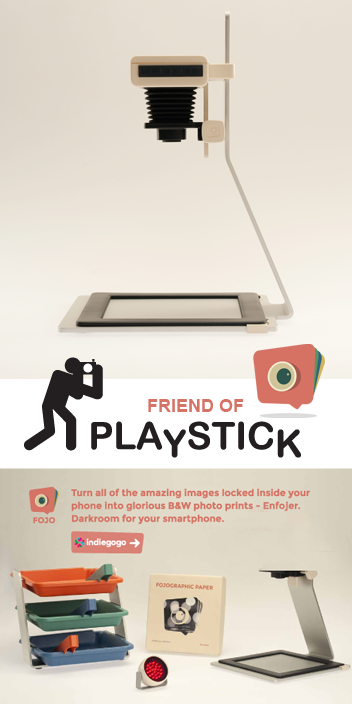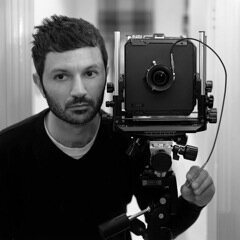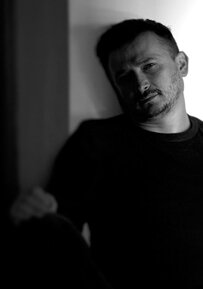TOY CAMERA PHOTOGRAPHY by Denis Pleić
The so-called “toy cameras” are usually inexpensive film cameras, usually made of plastic (and often with plastic lenses), dating back to 1960s, when such cameras were often used as giveaways or prizes, or sold in drugstores near tourist sites. Most of the “toy cameras” of this era used medium format film, as it was less expensive than the 35mm film. The popularity of such medium format toy cameras among the more serious photographers started with the Diana camera in the 1970s in the USA (cf. Nancy Rexroth, “Iowa”, 1976).
The Diana was a plastic bodied, simple camera which used 120 format (medium format) film. By the end of the 1970s, however, the production of Diana cameras has already stopped, but other companies in Hong Kong and Taiwan continued to make similar cameras. The most famous of these Diana successors is by far the Holga camera: even more rudimentary than Diana, it has no aperture selection and only one shutter speed. The Holga was originally intended as a low-cost mass-produced “camera for the working class” in China. There were other similar cameras used in various parts of the world: in Europe (Germany), the popular models were the bakelite Agfa Click (6×6 negative format on medium format film) and Agfa Clack, which was a bit more “sophisticated” camera, offering 6×9 negative format on 120 film and a rudimentary “close focus” (1-3m). It could be said that all these cameras are continuation of the box camera philosophy/concept, i.e. the famous Kodak slogan: “You press the button, and we’ll do the rest”.
There were other, more sturdy medium format amateur cameras, which are by todays’ standards also “toy cameras”, but which are capable of producing surprisingly good photos, like various Kodak or Ansco models, or the long-gone Dacora, Bilora, Halina, Certo, etc. – including again various Agfa models, aimed at more advanced amateurs.
Another impetus for the popularity of toy cameras was the emergence of the “Lomographic Society”, a photography movement started with the marketing of Russian-made Lomo 35mm camera in Western Europe: although somewhat different in the commercial approach and technique, it nevertheless proved to be a significant marketing force which contributed to widespread and worldwide use of the “toy cameras”.
The toy cameras usually also have a number of faults, as perceived by traditional photographers: the resulting photos are often unsharp and blurry, the lenses usually vignette (giving the resulting image its characteristic dark corners), and the cameras themselves are often prone to light leaks due to sloppy manufacturing standards (or the absence thereof). However, for the photographers using the toy cameras it is precisely these shortcomings which give their photographs a certain artistic, or pictorialist, effect. The Lomography movement in particular embraced the unpredictability of the toy cameras and welcomed chance as a crucial element of the Lomography aesthetics, embodied in their slogan “Don’t think, just shoot!”.
It can be said that nowadays the toy camera aesthetic has become a legitimate artistic photography expression, perhaps even as a backlash against the sterile technical perfection offered by the modern auto-everything digital cameras.
